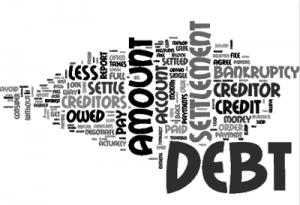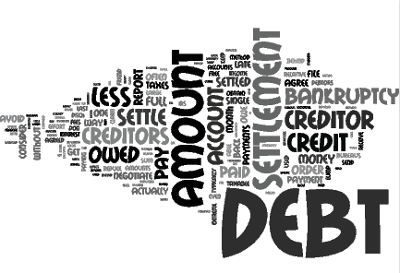Millennials and Debt in the United States
 “Despite recognizing that debt is dangerous waters, Americans are jumping in with both feet and struggling to stay afloat.”
“Despite recognizing that debt is dangerous waters, Americans are jumping in with both feet and struggling to stay afloat.”
That comes from Emily Holbrook, the director of planning for Northwestern Mutual. She goes on to point out that much of the debt in this country is coming from Millennials, but that the source of the debt is not what you think it is.
When many of us think of younger Americans being drowned in debt we think of student loans. It is true that student loan debt is a burgeoning problem. Over 44 million Americans have student loan debt. Currently, the average student loan debt is around $32,000.
But that is not the main source of debt for those aged 25 to 34. For them, the culprit is credit card debt.
Why Credit Card Debt?
Holbrook goes on to say in the article that expenses increase as we get older. This means that, despite a growing salary, there are additional pressures on the wallet. This translates to many turning to credit cards to make up the difference.
But why are Millennials feeling more pressure than other generations?
- Student loan debt (of course)
- Rising home prices
- Self-funded retirement accounts
All of this means that disposable income slowly dwindles and credit cards enter the picture. The average credit card debt in the US is $6,375.
Recession Rebound
Before the recession, many people had high debt burdens and not much in savings. The recession changed many people’s behavior. Savings increased and people gradually lowered their credit card burdens.
We are now ten years removed from the downturn and have seen pretty steady economic growth for a few years now. That means that people are starting to go back to old habits. Savings are going down, credit card debt is going up.
For younger Americans, they may be able to keep up with the debt they are accumulating for now, but what happens if the economy takes another downward turn?
Filing For Bankruptcy
You may be here today because your credit card debt, or other debts, have gotten to the point where they are out of your control. If that is the case, you may have thought about filing for bankruptcy in Arizona.
Briefly, let’s go over the two main types of personal bankruptcy, chapter 7 and chapter 13.
Both types of bankruptcy were created to help people get a chance to get their debt under control and get their lives back. Chapter 7 is typically the quickest way for individuals to go through the bankruptcy process. Chapter 13 is a route for those who have a regular income to pay back at least a portion of their debt.
Why choose one or the other?
Chapter 7 usually results in individuals having to pay back little to none of their debt obligations, but it also means they will lose more of their assets, at least those that are not exempt (home, vehicle, pensions, and personal belongings). Under chapter 13, individuals are able to keep more of their property because they are going to set up a 3- to 5-year payment plan on their restructured debt.
The Bottom Line
Bankruptcy is an option that many people put off because they do not want to be seen as a failure to their family, friends, and colleagues. Putting it off can lead to further debt trouble and a worse outcome in the end.
Seek a qualified and experienced attorney who can walk you through the process and get the ball rolling to getting back on your feet financially. Click here for information on common bankruptcy myths.



